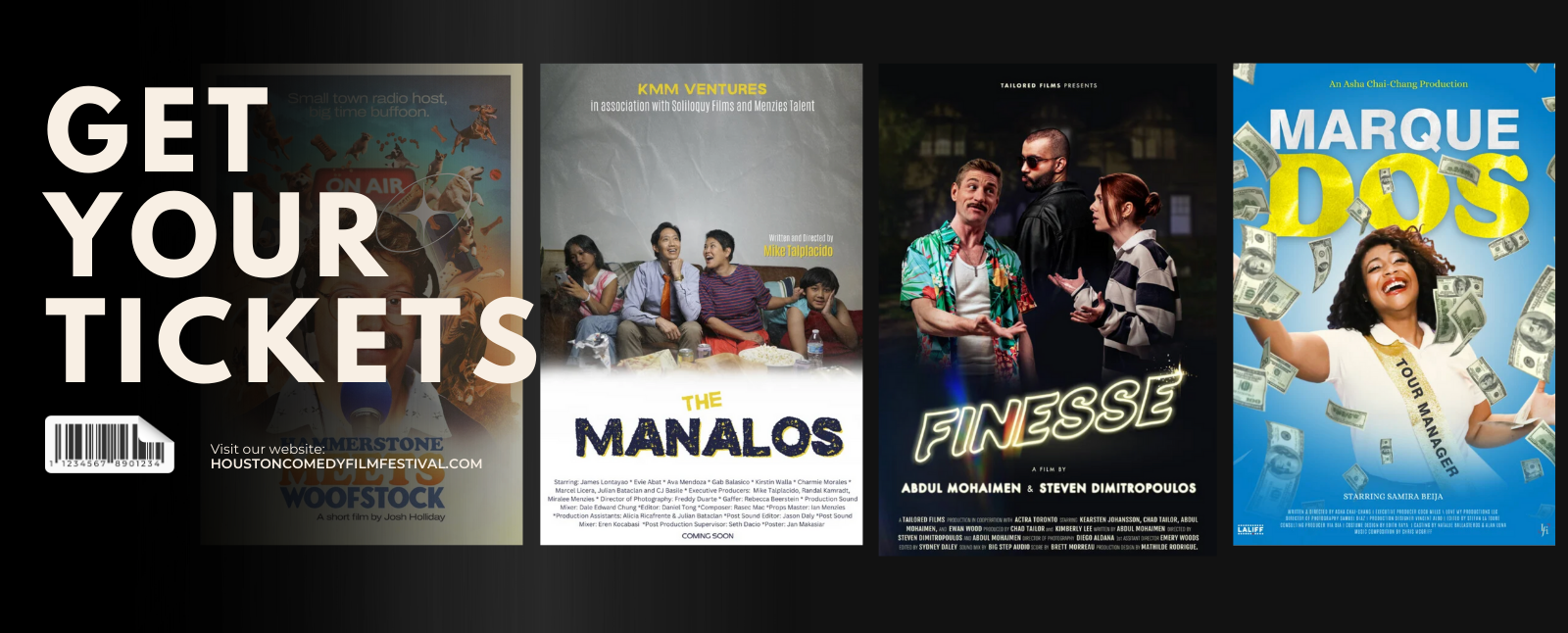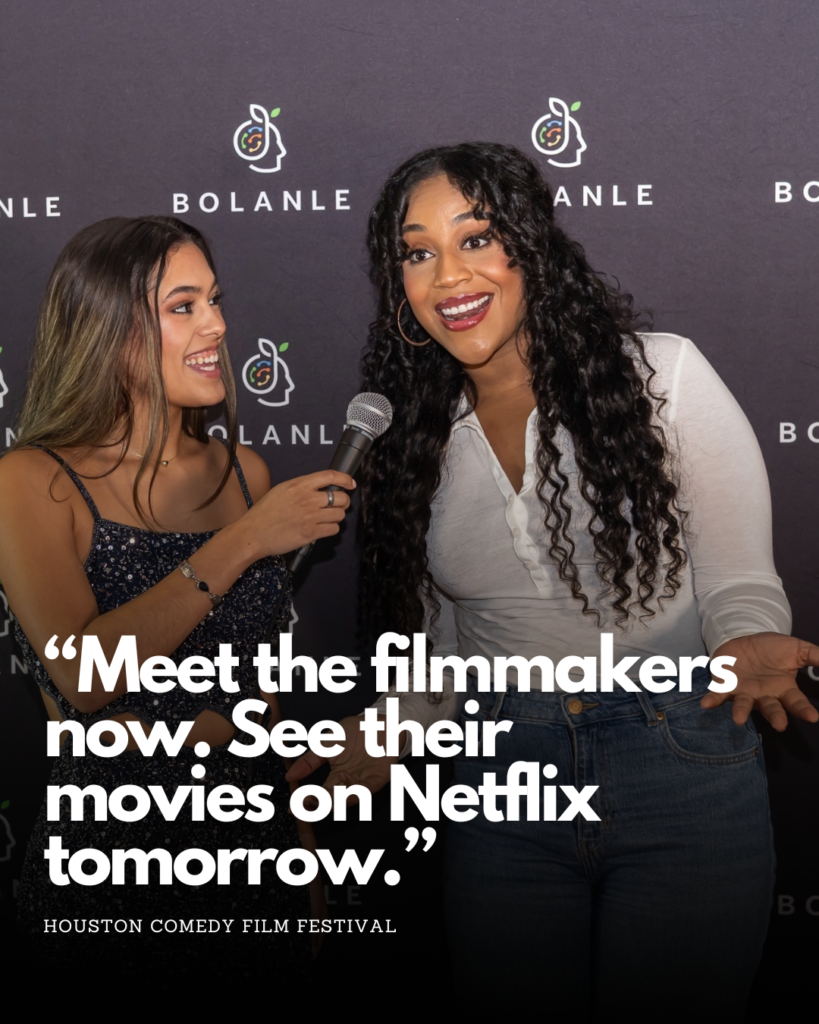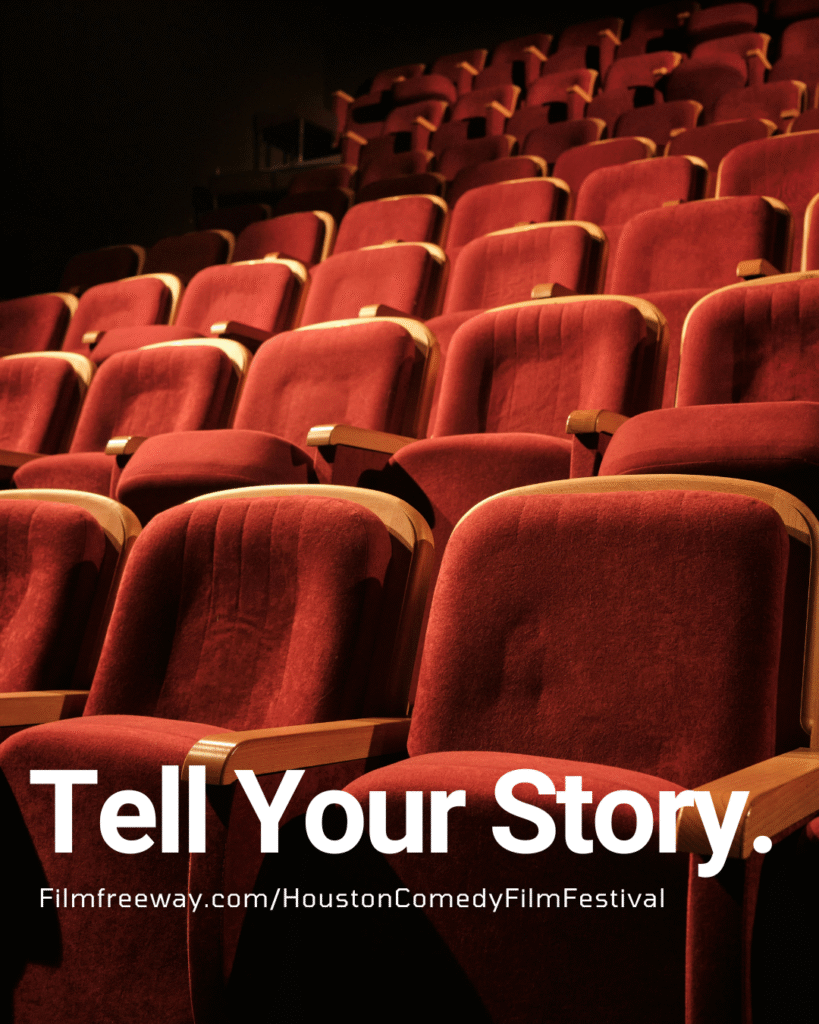Entertainment
Carline Manzo Sues Bravo: Claims Brandi Tongue-Kissed Her Without Consent on January 26, 2024 at 7:40 pm The Hollywood Gossip
Caroline Manzo officially has filed a lawsuit after the horrendous things she claims happened while filming Ultimate Girls Trip.
In a lawsuit filed by Caroline against Bravo, Peacock, and several other production companies associated with the show, she is alleging to be the victim of sexual harassment.
Yes, this is about the Brandi Glanville incident.
Caroline and Andy Cohen in happier times. ((Photo by Michael Loccisano/Getty Images for AHA))
Caroline Manzo’s Lawsuit & Claims Against Brandi Glanville
Real Housewife fans will recall that well into filming Ultimate Girls Trip in Morocco, both Caroline and Brandi left unceremoniously.
At the time, it was reported by sources that after an unwanted kiss from Brandi, Caroline exited. But according to the former RHONJ star, it was so much more than that.
According to documents obtained by Page Six, Caroline is suing for “negligence, sexual harassment, sex/gender discrimination, sexual battery and other causes of action that she says violate state laws in California and New York.”
The Real Housewives of Beverly Hills guest star Brandi Glanville in an episode from 2020. (Bravo)
She claims in the suit that the former Real Housewives of Beverly Hills star made unwanted sexual advances against Caroline without her consent.
According to her recount, Brandi allegedly forced herself on her and kissed her.
Brandi “then proceeded to mount Manzo on the couch holding Manzo down with her body, forcibly squeezed Manzo’s cheeks together and thrust her tongue in Manzo’s mouth, while humping her.”
Aside from being wildly inappropriate, the incident apparently resurfaced Caroline’s “dormant and horrific memories” of her sexual assault that took place when she was seven years old.
But the horror doesn’t end there.
Caroline Manzo with her family: her two sons and daughter. ((Photo by Mike Pont/Getty Images))
Caroline Suing Bravo, But Not Brandi?
Caroline insists in her suit that Brandi harassed her at the behest of production.
The incident described above apparently followed a separate time when Brandi “forced her vagina” against Caroline’s back.
When Caroline finally had enough, she arranged to have herself flown home from Morrocco. She claims that production followed and filmed her all the way to the airport.
((Photo by John Phillips/Getty Images))
To what end? She claims they were “gathering more ‘drama’ to increase their ratings.”
Surprisingly, Caroline is not suing Brandi directly, only Bravo and the aforementioned list of production companies involved with the show.
‘Ultimate Girls Trip’: Will It Air?
As of now, Brandi, nor Bravo or Peacock has made an official statement on the lawsuit.
The big question now is if the series will ever even air. Given what has allegedly let down, sources close to the production have said that the project has been shelved indefinitely.
However, it’s not just UGT that is in jeopardy.
Brandi Glanville speaks onstage during the ‘Famously Single’ panel at the 2016 NBCUniversal Summer Press Day. ((Photo by Frederick M. Brown/Getty Images))
“‘Ultimate Girls Trip’ Morocco is probably never going to air, and now they are thinking about tabling ‘[RHONY] Legacy’ also,” one insider shared with Page Six.
“NBC is really pissed off because they feel like Bravo let [production company] Shed ruin multiple shows, ‘RHONY’ obviously [being one].”
Meanwhile, despite not making an immediate statement on the lawsuit, Brandi has attempted to clear her name up until this point.
Brandi’s attorneys sayid back in March that Shed Media (owned by Warner Bros even though they produce Ultimate Girls Trip) have hot mic audio at exonerates Brandi from these claims.
There is supposedly no filmed footage of the incident.
Carline Manzo Sues Bravo: Claims Brandi Tongue-Kissed Her Without Consent was originally published on The Hollywood Gossip.
[[{“value”:”The shocking claims against Brandi include sexual harassment & more.
Carline Manzo Sues Bravo: Claims Brandi Tongue-Kissed Her Without Consent was originally published on The Hollywood Gossip.”}]]
The Hollywood Gossip Read More
Entertainment
What We Can Learn Inside 50 Cent’s Explosive Diddy Documentary: 5 Reasons You Should Watch

50 Cent’s new Netflix docuseries about Sean “Diddy” Combs is more than a headline-grabbing exposé; it is a meticulous breakdown of how power, celebrity, and silence can collide in the entertainment industry.
Across its episodes, the series traces Diddy’s rise, the allegations that followed him for years, and the shocking footage and testimonies now forcing a wider cultural reckoning.

1. It Chronicles Diddy’s Rise and Fall – And How Power Warps Reality
The docuseries follows Combs from hitmaker and business icon to a figure facing serious criminal conviction and public disgrace, mapping out decades of influence, branding, and behind-the-scenes behavior. Watching that arc shows how money, fame, and industry relationships can shield someone from scrutiny and delay accountability, even as disturbing accusations accumulate.

2. Never-Before-Seen Footage Shows How Narratives Are Managed
Exclusive footage of Diddy in private settings and in the tense days around his legal troubles reveals how carefully celebrity narratives are shaped, even in crisis.
Viewers can learn to question polished statements and recognize that what looks spontaneous in public is often the result of strategy, damage control, and legal calculation.
3. Survivors’ Stories Highlight Patterns of Abuse and Silence
Interviews with alleged victims, former staff, and industry insiders describe patterns of control, fear, and emotional or physical harm that were long whispered about but rarely aired in this detail. Their stories underline how difficult it is to speak out against a powerful figure, teaching viewers why many survivors delay disclosure and why consistent patterns across multiple accounts matter.
4. 50 Cent’s Approach Shows Storytelling as a Tool for Accountability
As executive producer, 50 Cent uses his reputation and platform to push a project that leans into uncomfortable truths rather than protecting industry relationships. The series demonstrates how documentary storytelling can challenge established power structures, elevate marginalized voices, and pressure institutions to respond when traditional systems have failed.
5. The Cultural Backlash Reveals How Society Handles Celebrity Accountability
Reactions to the doc—ranging from people calling it necessary and brave to others dismissing it as a vendetta or smear campaign—expose how emotionally invested audiences can be in defending or condemning a famous figure. Watching that debate unfold helps viewers see how fandom, nostalgia, and bias influence who is believed, and why conversations about “cancel culture” often mask deeper questions about justice and who is considered too powerful to fall.
Entertainment
South Park’s Christmas Episode Delivers the Antichrist
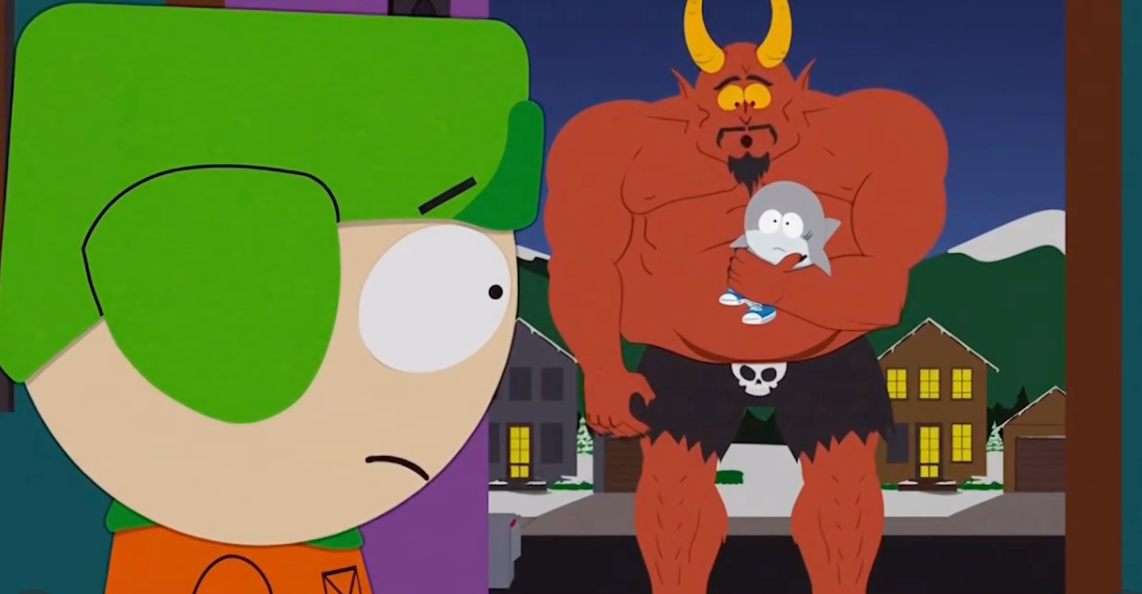
A new Christmas-themed episode of South Park is scheduled to air with a central plot in which Satan is depicted as preparing for the birth of an Antichrist figure. The premise extends a season-long narrative arc that has involved Satan, Donald Trump, and apocalyptic rhetoric, positioning this holiday episode as a culmination of those storylines rather than a stand‑alone concept.
Episode premise and season context
According to published synopses and entertainment coverage, the episode frames the Antichrist as part of a fictional storyline that blends religious symbolism with commentary on politics, media, and cultural fear. This follows earlier Season 28 episodes that introduced ideas about Trump fathering an Antichrist child and tech billionaire Peter Thiel obsessing over prophecy and end‑times narratives. The Christmas setting is presented as a contrast to the darker themes, reflecting the series’ pattern of pairing holiday imagery with controversial subject matter.
Public and political reactions
Coverage notes that some figures connected to Donald Trump’s political orbit have criticized the season’s portrayal of Trump and his allies, describing the show as relying on shock tactics rather than substantive critique. Commentators highlight that these objections are directed more at the depiction of real political figures and the show’s tone than at the specific theology of the Antichrist storyline.
At the time of reporting, there have not been widely reported, detailed statements from major religious leaders focused solely on this Christmas episode, though religion-focused criticism of South Park in general has a long history.
Media and cultural commentary
Entertainment outlets such as The Hollywood Reporter, Entertainment Weekly, Forbes, Slate, and USA Today describe the Antichrist arc as part of South Park’s ongoing use of Trump-era and tech-world politics as material for satire.
Viewer guidance and content advisory
South Park is rated TV‑MA and is intended for adult audiences due to strong language, explicit themes, and frequent use of religious and political satire. Viewers who are sensitive to depictions of Satan, the Antichrist, or parodies involving real political figures may find this episode particularly objectionable, while others may view it as consistent with the show’s long‑running approach to controversial topics. As with previous episodes, individual responses are likely to vary widely, and the episode is best understood as part of an ongoing satirical series rather than a factual or theological statement.
Entertainment
Sydney Sweeney Finally Confronts the Plastic Surgery Rumors

Sydney Sweeney has decided she is finished watching strangers on the internet treat her face like a forensic project. After years of side‑by‑side screenshots, “then vs now” TikToks, and long comment threads wondering what work she has supposedly had done, the actor is now addressing the plastic surgery rumors directly—and using them to say something larger about how women are looked at in Hollywood and online.
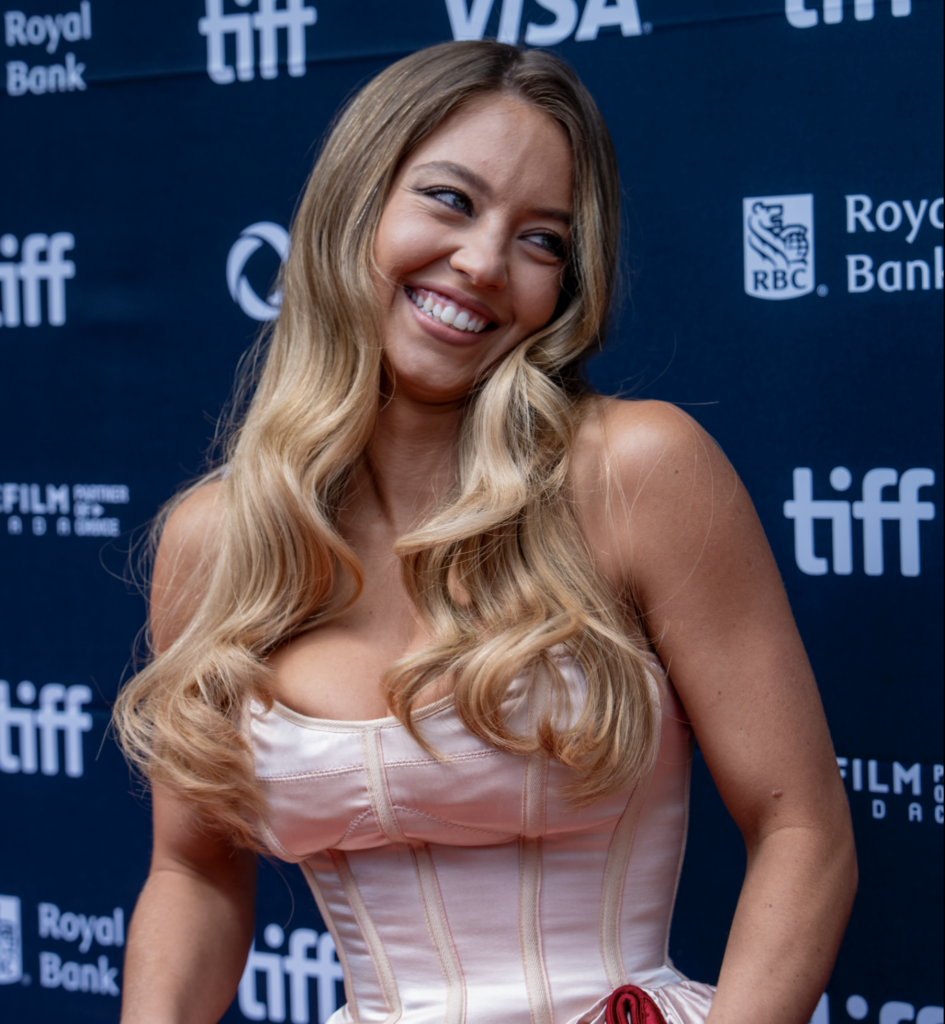
Growing Up on Camera vs. “Before and After” Culture
Sweeney points out that people are often mistaking normal changes for procedures: she grew up on camera, her roles now come with big‑budget glam teams, and her body has shifted as she has trained, aged, and worked nonstop. Yet every new red‑carpet photo gets folded into a narrative that assumes surgeons, not time, are responsible. Rather than walking through a checklist of what is “real,” she emphasizes how bizarre it is that internet detectives comb through pores, noses, and jawlines as if they are owed an explanation for every contour of a woman’s face.
The Real Problem Isn’t Her Face
By speaking up, Sweeney is redirecting the conversation away from her features and toward the culture that obsesses over them.
She argues that the real issue isn’t whether an actress has had work done, but why audiences feel so entitled to dissect her body as public property in the first place.
For her, the constant speculation is less about curiosity and more about control—another way to tell women what they should look like and punish them when they do not fit. In calling out that dynamic, Sweeney isn’t just defending herself; she is forcing fans and followers to ask why tearing apart someone else’s appearance has become such a popular form of entertainment.

